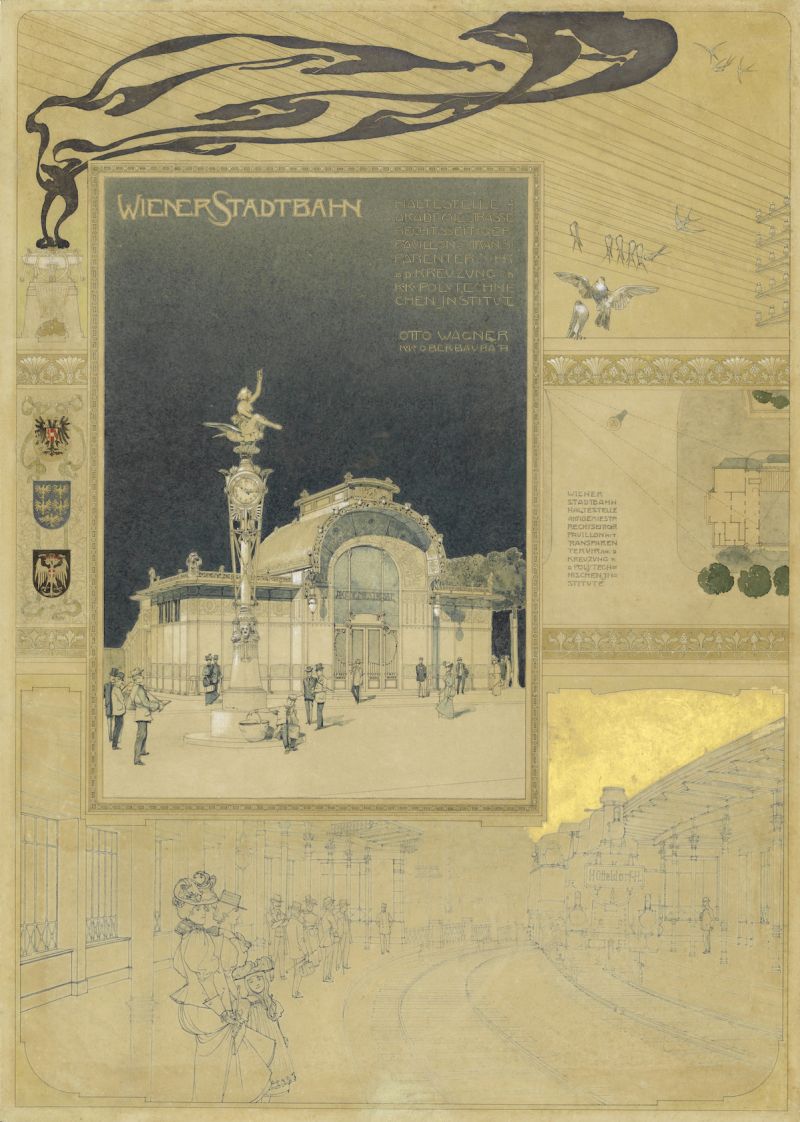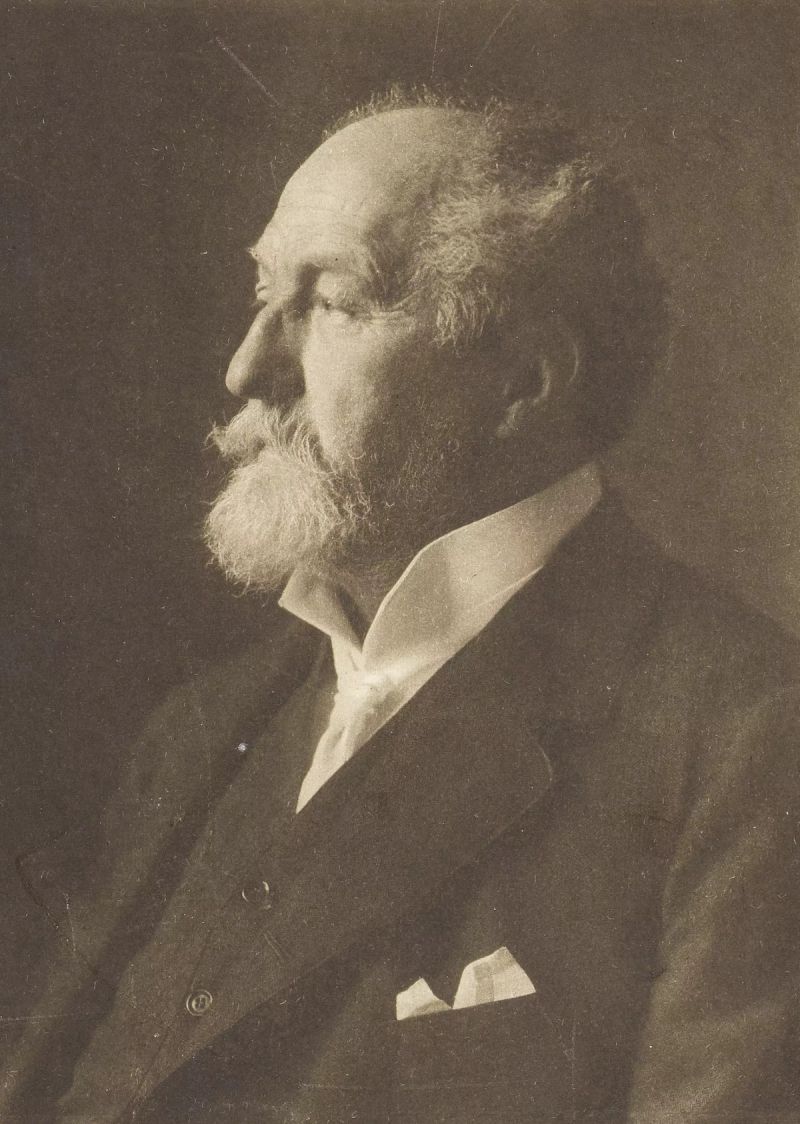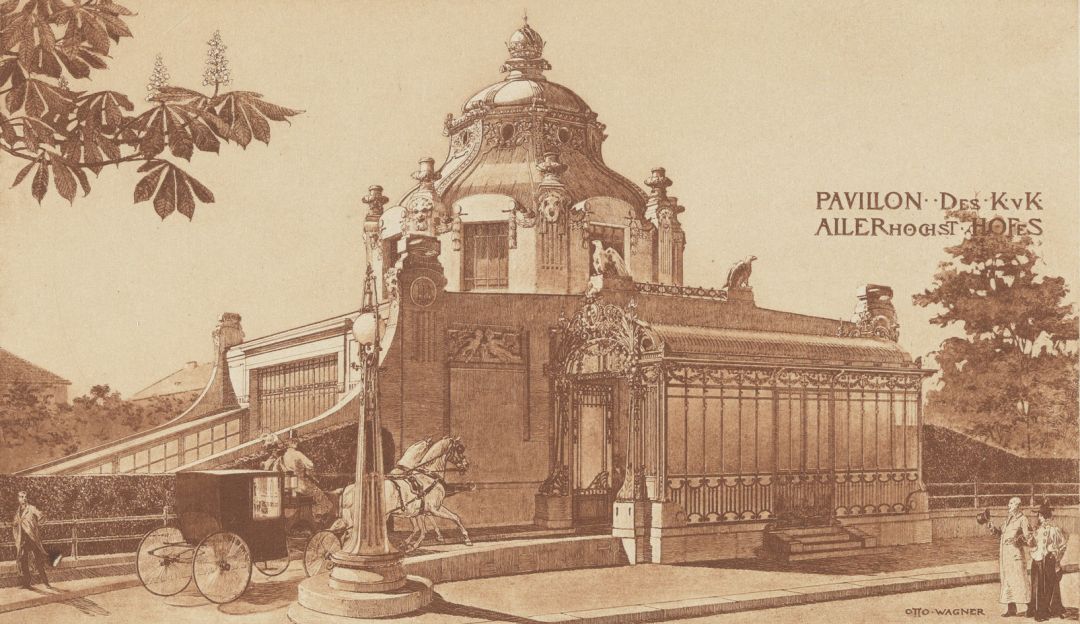JOIN the AFICIONADOS
Get the insider news and lowdown on what we've been up to, where we've been, and who we've met along the way. Be the first to discover new places and get the scoop on our favourites.
Functional, geometric and minimal – this could describe the characteristics of mid-20th century design, yet here we’re describing buildings created by architect Otto Wagner, born in 1841.
A man ahead of his time, Otto Wagner was an Austrian architect, furniture designer and urban planner who believed ‘only that which is practical can be beautiful’ and this functional point-of-view informed much of his work, particularly in the later years which is how Wagner eventually became to be known as the father of modern architecture. That’s not to say he didn’t have classical training and a traditional education. Quite the opposite. At the tender age of 16 in 1857, he began his studies began the Vienna Polytechnic Institution followed by the Royal Academy of Architecture and Vienna Academy of Fine Arts.
A maverick thinker, Otto looked at buildings in a different way to most of his time which also coincided with a period of great growth within architecture, allowing him to have the freedom to experiment. Although he did enjoy classical architecture in his early years, where he designed buildings and monuments along Vienna’s Ringstraße creating an arrangement of classical styles such as neo-Gothic, neo-Renaissance and neoclassical. Beginning to look away from the norm, Otto Wagner then transitioned into an art movement called Vienna Secession alongside Gustav Klimt, which was a deliberate turning away from traditional and established architecture and design. They had success at the 1900 Paris Exposition.
Polished marble, ebonized beech-wood, nickel-plated and aluminum detailing, and everywhere broad panels of curved and beveled glass became his hallmark design - as found at the Austrian Postal Savings Bank. An outstnading, almost poetic building is his Villa Wagner I and II or the decorative Majolikahaus.
He also became interested in urban planning which appealed to his burgeoning sense of practicality and function within architecture. He designed bridges, viaducts, and stations including Karlsplatz station, which was known for its utilitarian yet refined characteristics. From 1906 onwards was when Otto Wagner began to really develop his ideas of modern architecture, with work on his own villa showing early traits of minimalist design with its cube-like shape, white walls, maximum use of concrete, glass and geometric patterns – ideas that many architects of today are still perfecting.



When visiting Vienna, one of the best culture pitstops will be a museum under the Wien Museum - a collection of 18 museums and buildings and general-purpose metropolitan museum with a wide range of collections and exhibitions – from the history of the city to art, fashion and modern culture, from the earliest settlements to the present day. Many of the works by Wagner are under its curatorial eye: Otto Wagner Hofpavilion Hietzing, Otto Wagner Pavillon Karlsplatz and Otto Wagner Kirche am Steinhof.
Wien Museum is a repository of knowledge and a public medium. It offers permanent residents, newcomers and passing visitors an opportunity for contemplation and reflection.